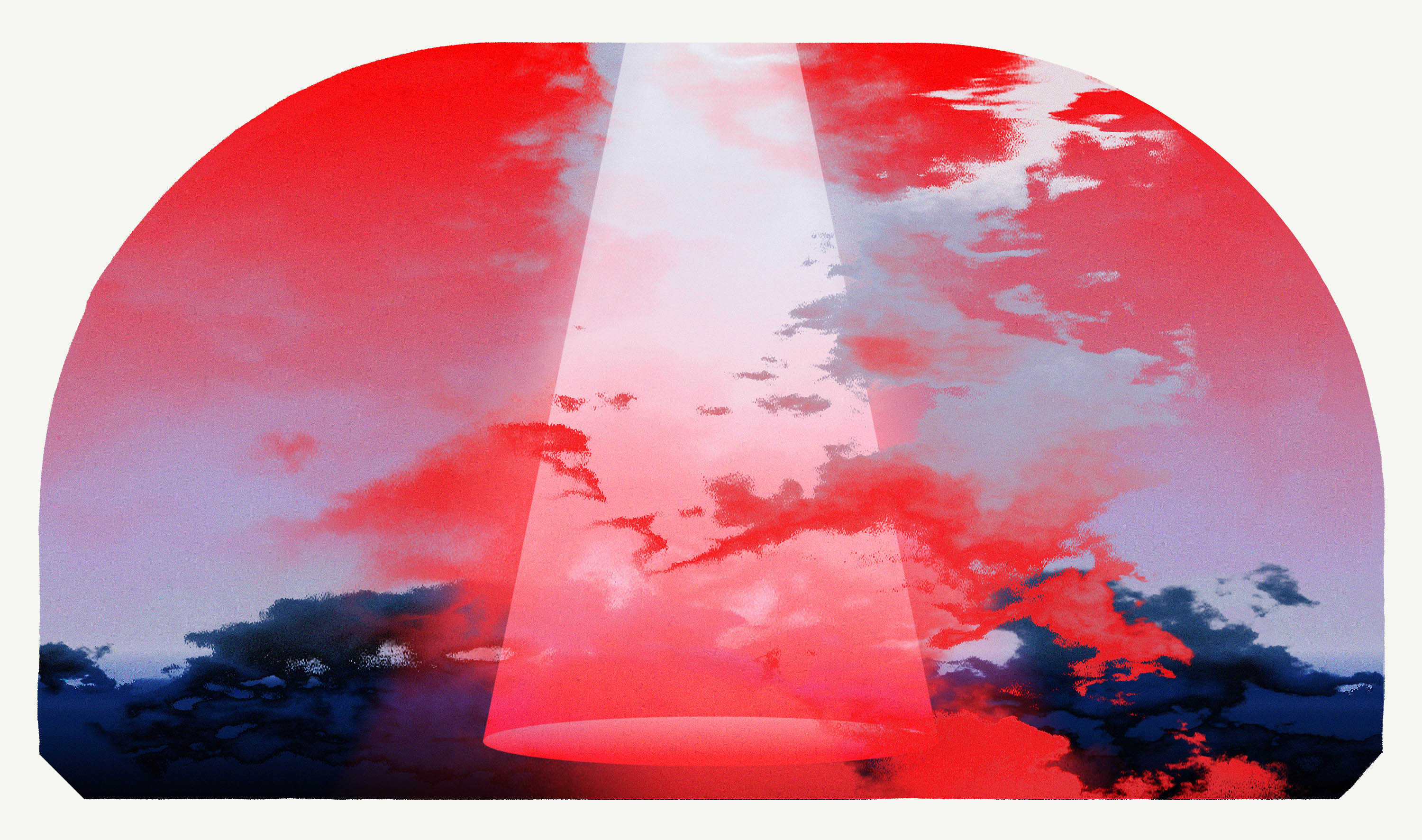I n a global survey from last year, when asked what they want to be when they grow up, young children responded with one wish: to be famous.
What they want to be famous for is beside the point; they simply want fame.
I can’t blame them. Fame is a persuasive muse. She blows in your ear and it’s hard to get her out of your head. She makes every shortcut look like a sure thing. And if you choose to believe her, you happen to be in extraordinary luck: We were born into an era when fame has never ever been so easy to grasp.
With social media, fame is found quickly, too. We’re all just one post away from being everything we’ve ever wanted. More likes. More subscribers. More followers. More selfies. Every 15 minutes. And then, another 15 minutes right after that.
If you happen to already be famous, well, why aren’t you more famous? From sun to star to supernova. There’s always a bit brighter to shine — even if the whole thing feels like blinding klieg lights in a hall of mirrors.
All this, not surprisingly, has a dark side. Fame blinds many of us before we even start. We see others our age—or increasingly younger—with seemingly so much more…fame…than we have.

“Mark Zuckerberg had it all by 23,” the 24-year-old says. “I missed my chance.” And she’s right. She did miss her chance — to be famous by 24. Like billions of others.
But, as blasphemous as it might sound, she might be better off for it. Stop me if you’ve heard this one: A young creative person, through no fault of their own, makes a wildly popular thing. They win big at awards shows. They’re quoted in the trade publications. They amass thousands of new followers. A giant, clueless agency swoops in, gives them a title well beyond their years, and assumes they can fix everything that’s wrong with their work/department/company (you name it) because they’re famous. They must be doing something right. Right?
Not really. All the fame in the world won’t solve the cultural or client problems they were hired to fix. And it won’t make them the type of creative leader we are in such short supply of.
But it’s not our hypothetical young creative person’s fault. They’re just following the road signs we’ve put up. It’s us. We’ve come to conflate the addiction to fame with the achievement of something else. A word we don’t hear that much in the rush to win Best of Show! Agency of the Year! The Grand Prix! We increasingly confuse fame with mastery.
Now there’s a word.
Mastery.
Simply put: The people in this book are mastering their craft. That’s why they’re in here. A little bit of fame for a job extraordinarily well done.
But let’s be clear. Fame and mastery are not equal.
Fame is a spotlight. Mastery is the sunrise. Both grab your attention. But only one will hold it. Both illuminate a thing. But only one is the thing itself.
Mastery, ultimately, is what matters. What people remember, love, and are touched by.
But mastery, like wisdom, takes time — the time to create, to protect, and to deliver great work. Time and time again. And again.
Where fame likes to parrot other people’s ideas, mastery uses time to poke holes in what’s possible, then pushes you through so you can find new ideas. Your ideas.

The people in this book know this. Time is teaching them how to create. That it is only by doing what you do over and over and over again — by succeeding and failing and succeeding — by collecting the tricks and talismans and relationships you find along the way, that you learn how to consistently create the conditions for great work to be made.
While fame likes the path of least resistance, mastery understands that everything is a kind of battle. It uses time to steel you for the fight so you can get the best work—the right work—out the damn door.
Time teaches you how to protect good ideas. Just because I was asked to write an opening for this annual because I might be what momentarily passes for “famous” in our profession doesn’t mean that I don’t have to fight for my work anymore. It just means I know how to fight for it. And in that fight, I’ve learned this: The search for mastery will only reward those who never so much as lean, let alone sit, on a laurel.
If fame is self-congratulatory, mastery knows it can never let up until all the time is up, because excellence is defined less by one’s imagination and more by craft and execution and sweat.
And all of that craft and execution and sweat is all over this 99th ADC book.
Enjoy the rays.
Brian Collins is the Chief Creative Officer of COLLINS.
Artwork by Jump Jirakaweekul, COLLINS.